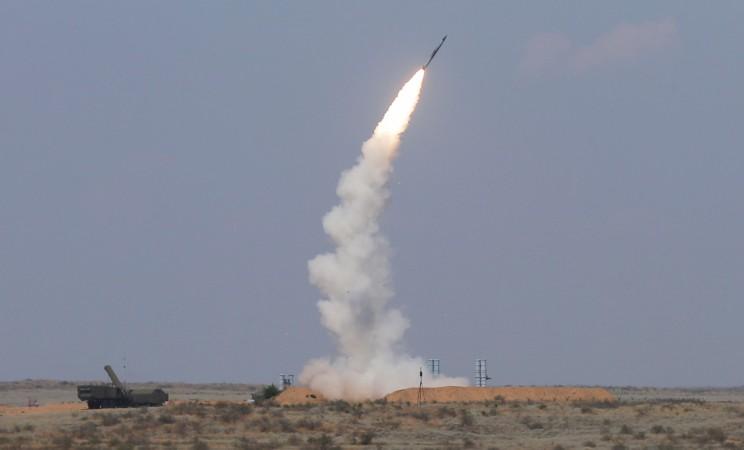
The United States has warned India over its decision to buy S-400 missile defence from its long-time ally Russia. One of the senior officials of the State Department said that the S-400 deal between India and Russia is significant as it poses a threat to US national security. The official rebuked the claims that if the US might not be impacted with the deal as long as India continues to buy arms and ammunition from it. The official added that "I disagree. The S-400 is significant because of CAATSA sanctions. It's also significant because of what it precludes, in terms of future high-tech cooperation."
The Print reported that the official warned that the deal could prompt the US administration slapping sanction under the Countering America's Adversaries Through Sanctions Act (CAATSA) instituted by the US Congress on arms purchases from Russia. Further, he also added that the deal could also give serious effect on the Indo-US defence ties which has increased significantly in recent times.

Asserting on the fact that the US doesn't share its highest technology systems even indirectly with Russia, he said "We don't commingle highest technology systems. There are threats posed by the purchase of an S-400. So that conversation you're seeing played out in Turkey right now." Moreover, he also warned India of sanctions similar to Turkey which has been engaging with Russia for military ties. The S-400 missile defence system is the most advanced long-range surface-to-air missile defence system manufactured by Russia. India and Russia inked an intergovernmental agreement on the sale of five S-400 units of worth USD 5 billion during 17th India-Russia summit in October 2016 in Goa in the presence of Prime Minister Narendra Modi and Russian President Vladimir Putin.
S-400 missile is regarded as the most reliable against a larger array of aerial attacks, particularly fighter the US made aircrafts such as F-18s and F-35s. Interestingly, S-400 has the capability of intercepting and destroying airborne targets at a distance of up to 400 kilometres and can simultaneously engage up to six targets. Each S-400 unit consists of tracking and search radar systems, eight launchers, 112 guided missiles, and command and support vehicles. The first missile system is expected to be delivered by the end of 2020.

















